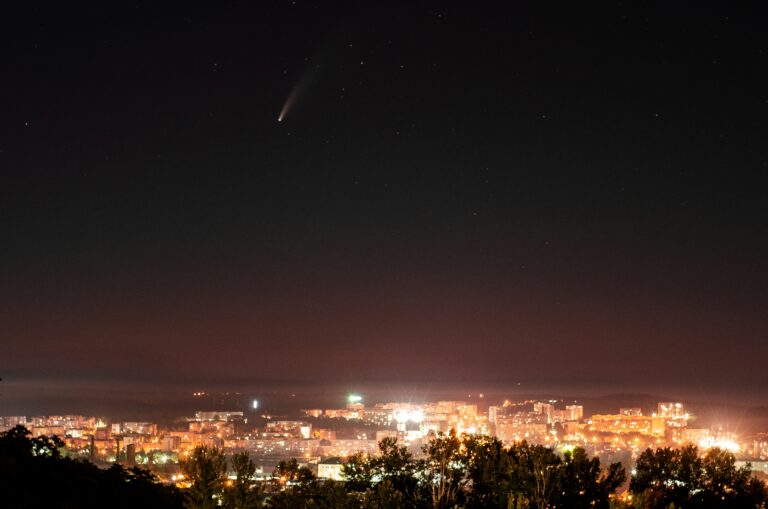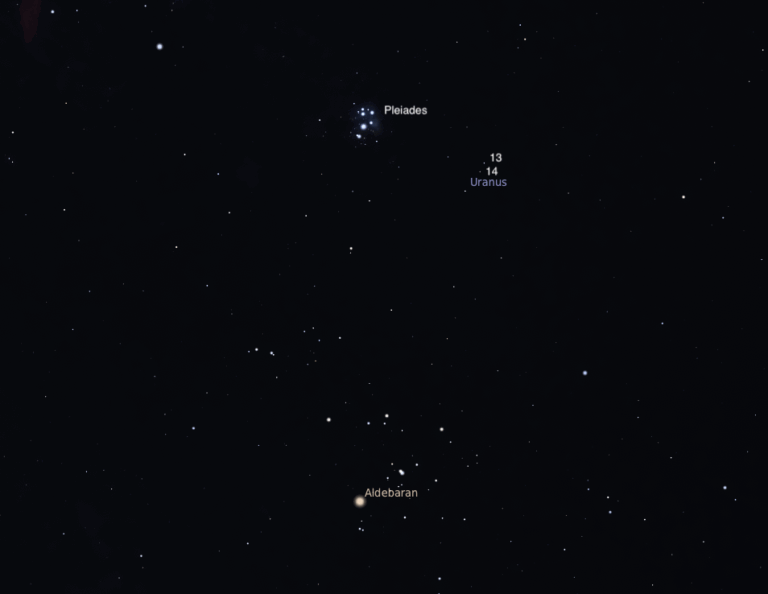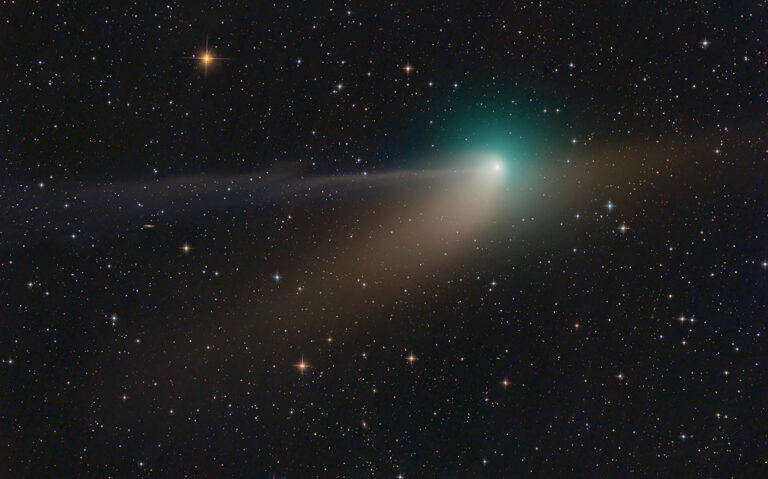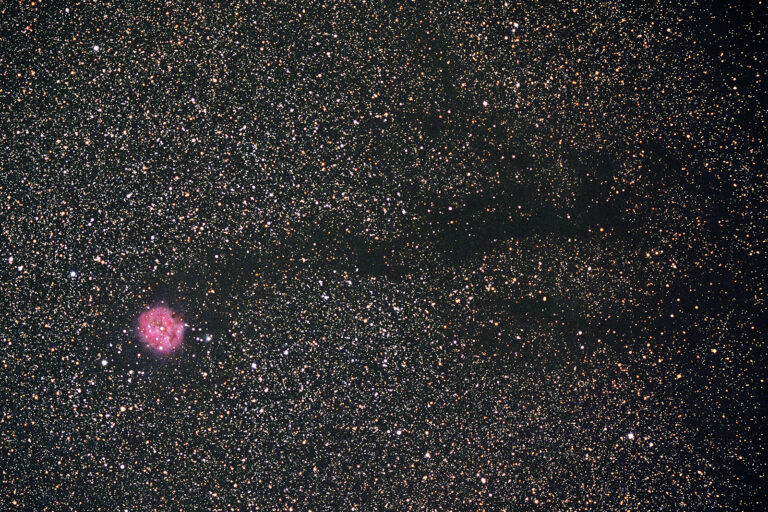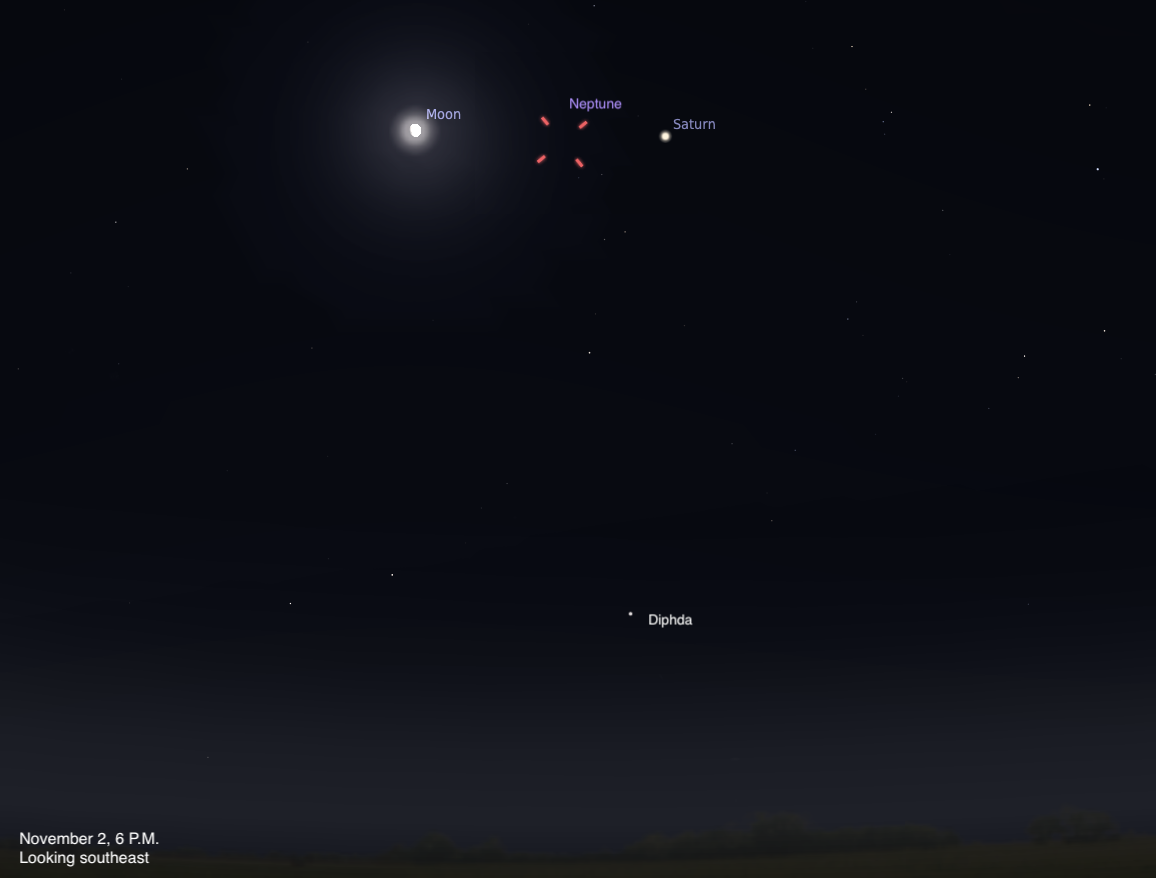
Key Takeaways:
- The article details the conclusion of Daylight Saving Time on November 1st and reports the Moon's close passes with Saturn (4° north at 6 A.M. EST) and Neptune (3° north at noon EST) on the same day.
- Evening observations on November 1st will feature the waxing Moon near Saturn, with specific telescopic guidance provided for locating magnitude 7.7 Neptune by scanning northeast of Saturn, noting its potential appearance as a 2-arcsecond disk.
- On November 3rd, a pre-dawn conjunction will place Venus, at magnitude -3.9, just to the left of Spica, Virgo's brightest star (magnitude 1.0), with both objects rising approximately an hour before sunrise.
- Telescopic observation of Venus on November 3rd in the brightening sky will reveal a 10-arcsecond, 96 percent illuminated disk, representing reflected sunlight from its cloud layer. The Moon's phase for November 1st is specified as waxing gibbous at 92% illumination.
Looking for a sky event this week? Check out our full Sky This Week column.
November 1: Dip into the Bay of Rainbows
Daylight saving time ends today at 2 A.M. So, if you are in an area that observes daylight saving time, your clocks will “fall back” from 1:59 A.M. daylight time to 1 A.M. standard time this morning.
The Moon passes 4° north of Saturn at 6 A.M. EST, then passes 3° north of Neptune at noon EST. This evening after sunset, you’ll find the waxing Moon located to the upper left of naked-eye Saturn in the southeastern sky. Neptune is between them, though the magnitude 7.7 planet cannot be seen without optical aid. However, it may be difficult to see the faint, distant ice giant with the bright Moon nearby.
If you want to give it a try, center your telescope on Saturn, then scan some 4.2° northeast. Neptune tonight stands about 22’ north of a magnitude 7.5 field star; the two will likely appear about the same brightness. Neptune is the northernmost object of the pair; its 2”-wide disk may look gray or blue in color, and appear somewhat “flatter” than the pinprick star.
Even if you can’t catch Neptune, spend some time with Saturn and its razor-thin rings, now tilted by less than a degree.
Sunrise: 6:30 A.M.
Sunset: 4:56 P.M.
Moonrise: 3:12 P.M.
Moonset: 2:53 A.M.
Moon Phase: Waxing gibbous (92%)
*Times for sunrise, sunset, moonrise, and moonset are given in local time from 40° N 90° W. The Moon’s illumination is given at 10 P.M. local time from the same location.
Tomorrow, November 3, Venus sits just to the left of Spica, Virgo’s brightest star, as the Maiden rises before dawn.

About an hour before sunrise, the two lights are just over 3° high in the east. Venus is brightest, its magnitude –3.9 glow far outshining magnitude 1.0 Spica. The two will rise higher together as dawn approaches — how long can you follow Spica into the twilight?
As the sky is brightening (but well before sunrise), take a look at Venus through a telescope. Seeing the bright planet against a bright background helps reduce contrast and give a clearer view of its disk, which stretches 10” and is 96 percent lit. You aren’t seeing the surface of Venus through your scope — rather, you’re viewing sunlight reflecting off the planet’s thick blanket of clouds.




